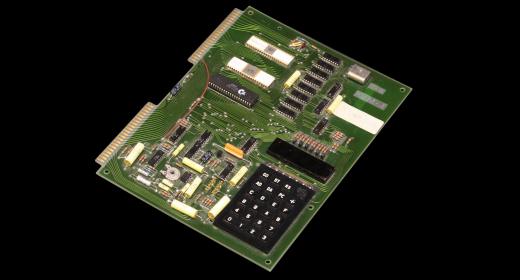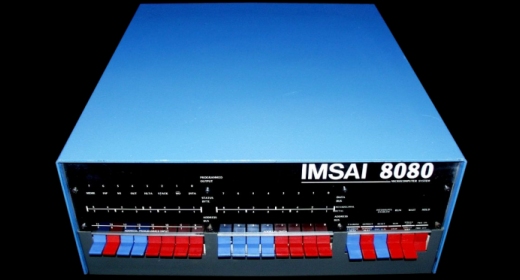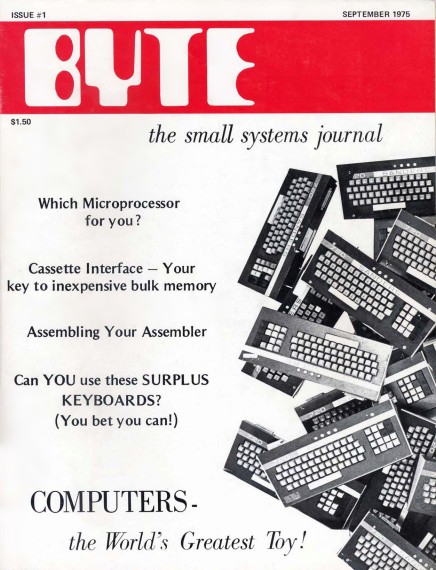
Byte Magazine has come and gone, but traces of its existence are still online. Its founder, Wayne Green, was hailed as a visionary. He was definitely a “do it yourself” type of man who had the knack of being able to know what was coming up in the realm of technology. Read on to discover more on the history of Byte Magazine and its founder.
With its imaginative covers, Byte Magazine gained the hearts and minds of geeks and nerds everywhere. But Wayne Green had been active in earlier magazines, one called “73”, that was targeted at HAM radio operators. He was there to push the HAM operators into the microcomputer revolution, motivating them to build and program their own computers. What he was doing was laying the ground work for email systems, cellular service and the personal computer. He had dealings with Steve Jobs and Bill Gates, other giants of the computing industry. He met with the King of Jordan at the time, who happened to be an amateur radio enthusiast. Wayne Green has a large list of accomplishments and Byte Magazine was just one of them. He has piloted a nuclear attack submarine 800 feet under the Pacific ocean. He has climbed the great wall of China. He has operated a HAM station from the American Embassy in Tehran, Iran. He started the first Apple magazine, called “InCider”. There are many other things that are too long to be mentioned here.
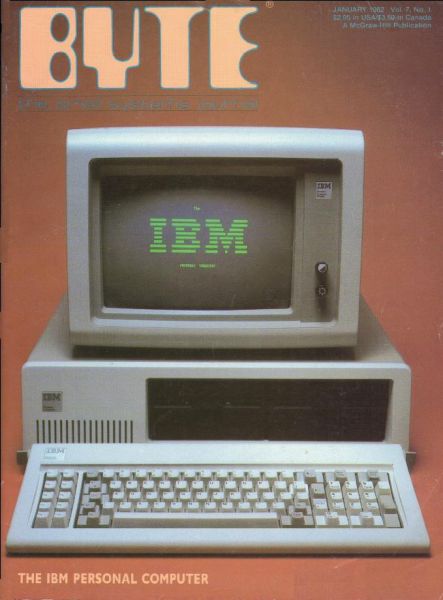
Byte Magazine was declared to the the first microcomputer magazine in the United States. Wayne Green started the magazine in 1975 with the help of his ex-wife Virginia Londner Green and Carl Helmers. Helmers was a computer newsletter editor at the time. Helmers would sum up the meeting as a relationship that made him into the editor of Byte Magazine and, “the business end being managed by Green Publishing”. It was seven weeks later in August when the first issue of Byte Magazine was published. The first four issues failed to list Wayne Green as the publisher. A few months later, in November, Wayne decided to visit the Byte staff and found they had moved the magazine to another location. The fifth issue of the magazine, in January 1976, found the name of “Virginia Green” as the publisher. The February issue found “BYTE Publications” as the publisher. The publishing predicament would never be settled. Wayne’s name would not be mentioned in Byte Magazine for over ten years.
At the time that Byte Magazine appeared, the first personal computers were also appearing. Byte was being published monthly and a yearly subscription was just ten dollars. Early articles in the magazine covered electronic or software projects targeted to improve small computers. One feature was “Ciarcia’s Circuit Cellar”. This was a column that electronic engineer Steve Ciarcia did for small projects to modify or attach devices to a computer. More important articles included the “Kansas City” standard, which covered data storage on audio tape, insertion of disk drives and other technical aspects of the small computer. Since Byte Magazine was not dedicated to just MS DOS or the Mac, it gained wide popularity by the 1980s. Nevertheless, Byte Magazine was the first place Microsoft chose to run their first advertisement. It was a BASIC interpreter for the 8080 based computers of the day.
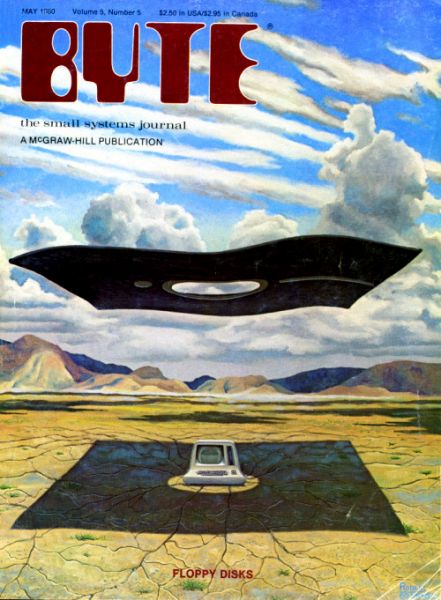
Byte Magazine continued to grow even though Wayne Green was not credited with being the publisher. His ex-wife got that credit. In the Spring of 1979 Virginia Williamson sold the magazine to McGraw-Hill. She would remain the publisher until 1983. In 1981 the magazine got an editorial change away from “do it yourself” computing and electronics, to doing product reviews. The original focus had been changed. By the year 1990, the magazine was an inch in thickness and subscription price had risen to $56 dollars. In 1993, Byte Magazine bought the domain name “Byte.com”. More versions were becoming available in various languages and countries as well.
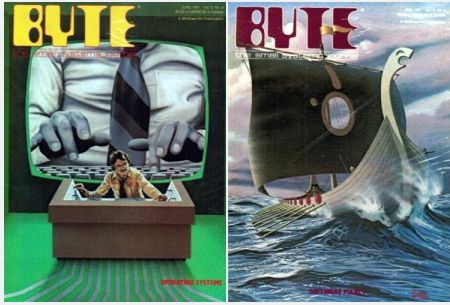
Finally, in 1998, readership was declining and McGraw-Hill sold Byte Magazine to CMP Media. The sale was not something that would be healthy for the magazine. The editors and writers of Byte expected a renewed interest in their project, but it was not to be. CMP Media stopped publishing Byte Magazine with the July 1998 issue in the United States. Germany and Japan continued to publish the magazine without interruptions. The Arabic version would also cease to be published soon afterward.
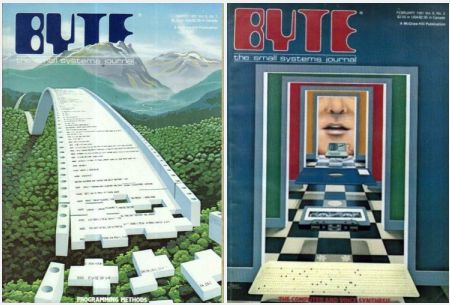
If you’ve ever wondered who did the excellent early artwork for Byte it was Robert Tinney. His cover artwork gave Byte its unique look that is still remembered fondly by many early computer enthusiasts. His first cover was in December of 1975 just a few months after the magazine started. He did roughly 80 covers for Byte up until around 1989. Benj Edwards did an excellent interview with Robert Tinney that is a must read for any Byte enthusiast. You can find the interview HERE.
Early Byte magazines are in pretty high demand by collectors. The first issue from September of 1975 sells for over $50.00 in good condition. As with most collectibles, the better the condition the higher the price.

